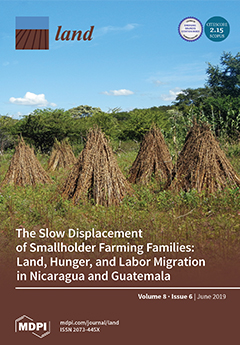Valuing Environmental Benefit Streams in the Dryland Ecosystems of Sub-Saharan Africa
Policy-makers and practitioners often struggle or fail to define and quantify the economic impacts that can be achieved through ecologically sustainable investments in dryland ecosystems. This paper reviews the current state of the art in the characterization and valuation of environmental benefits in drought-prone areas of Sub-Saharan Africa. Benefit streams from ecosystem services associated with the production of food, energy and water are characterized, as well as those from supporting and regulating hydrological systems.






